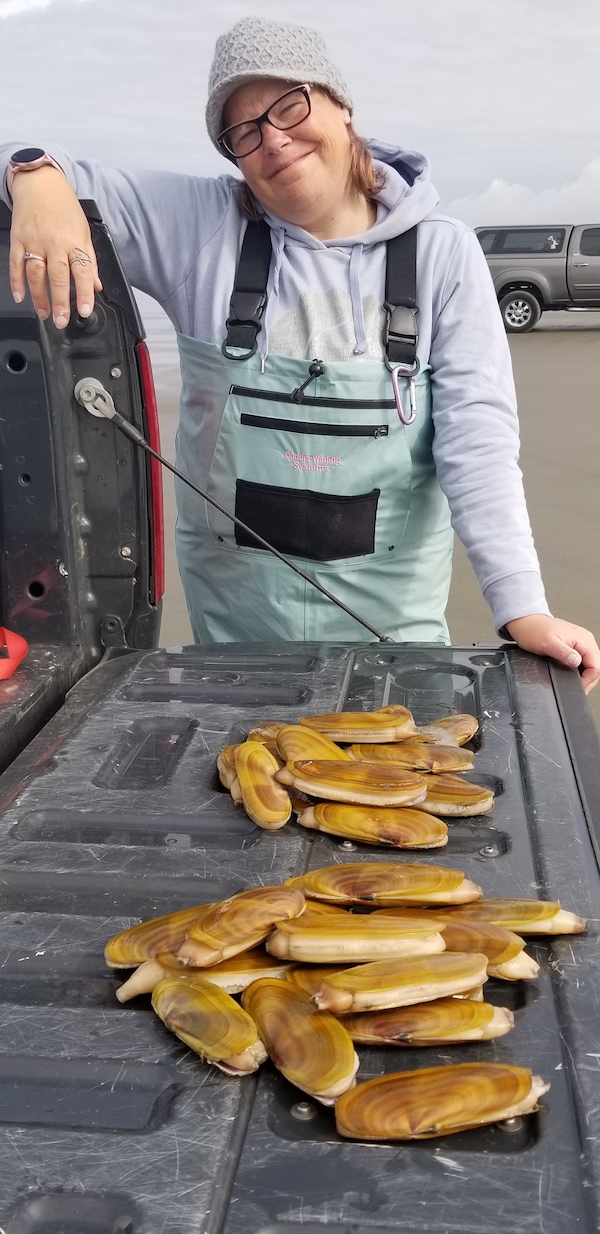OR North Coast Razor Clams Reopen Oct. 1; Down Forecast
THE FOLLOWING IS A PRESS RELEASE FROM THE OREGON DEPARTMENT OF FISH AND WILDLIFE
Following the annual summer conservation closure, Clatsop beaches reopen to razor clamming 12:01 a.m., Oct. 1 contingent on marine toxin levels staying below the health guidelines.
The closure lets newly set young clams establish themselves on these popular razor clamming beaches. And during the closure, ODFW shellfish biologists assess the population, counting the number and size of razor clams found within square meter sample areas along the entire beach.

Shellfish biologist Matt Hunter found very low juvenile recruitment (new clams that establish themselves on the beaches) during this summer’s assessment.
Just .04 juvenile clams per square meter were found compared with the 18-year average of .71 and last year’s 2.59 clams.
Total razor clam (juvenile and mature) abundance is well below the 1.29 average at just .66 clams per square meter and a fraction of last year’s 3.73 clams.
The majority of this year’s clams are mature and greater than 4.5 inches so clam digging should be average or better this fall. But once those are harvested or have typical winter mortality, clam digging in spring 2023 could be much less successful.

Hunter believes the lack of juvenile recruitment is due to spring and early summer south winds pushing razor clam larvae north into central and northern Washington which has very good recruitment this year.
Most years, Oregon sees razor clam spawning events in fall, in addition to the typical spring/summer spawning. Fall spawning can be an important component and in some years is the only juvenile recruitment.
Hunter began assessing razor clams on Clatsop beaches in 2004. Assessments are focused on these beaches where about 95 percent of the annual razor clam harvest occurs. Razor clam populations exist in patches south of Tillamook Head making assessments too difficult to conduct routinely.
To learn more, watch our videos on the annual conservation closure and the assessment surveys.
Clammers should always checked for toxin-related closures before harvesting clams or crabs by calling the shellfish safety hotline 1-800-448-2472 or visit ODA’s Recreation Shellfish page. Closures are also noted on ODFW’s Recreation Report – Clamming and Crabbing Report.
To increase the chance of only digging mature, larger clams, harvesters should be sure to dig the largest razor clam “shows.” Clammers are reminded the daily harvest limit is the first 15 razor clams dug regardless of size or condition. Each clammer must have their own container, dig their own clams, and may only possess one daily limit. View ODFW’s video on razor clamming basics.
